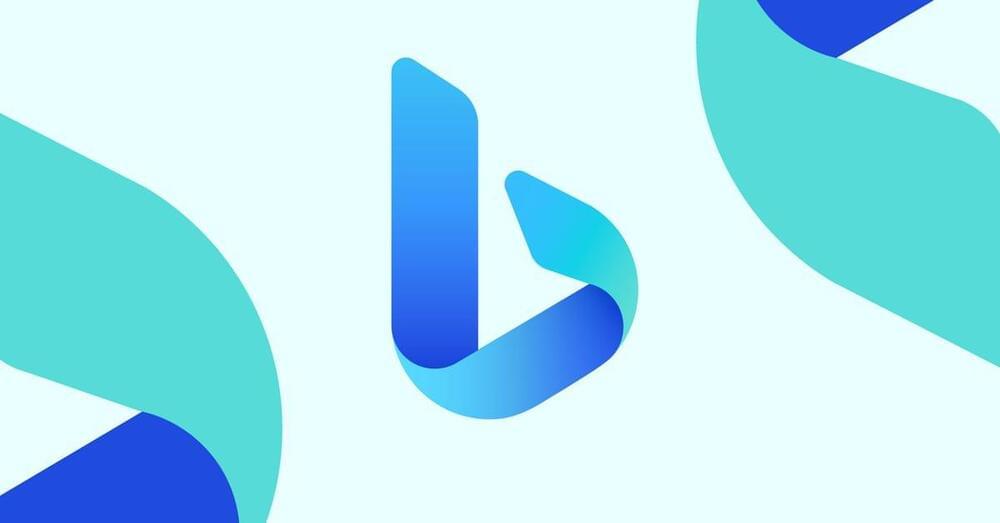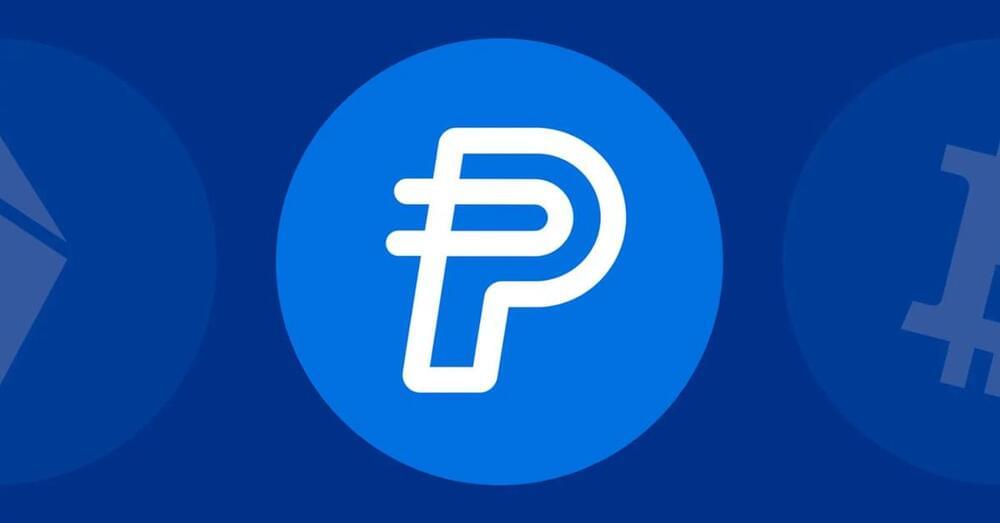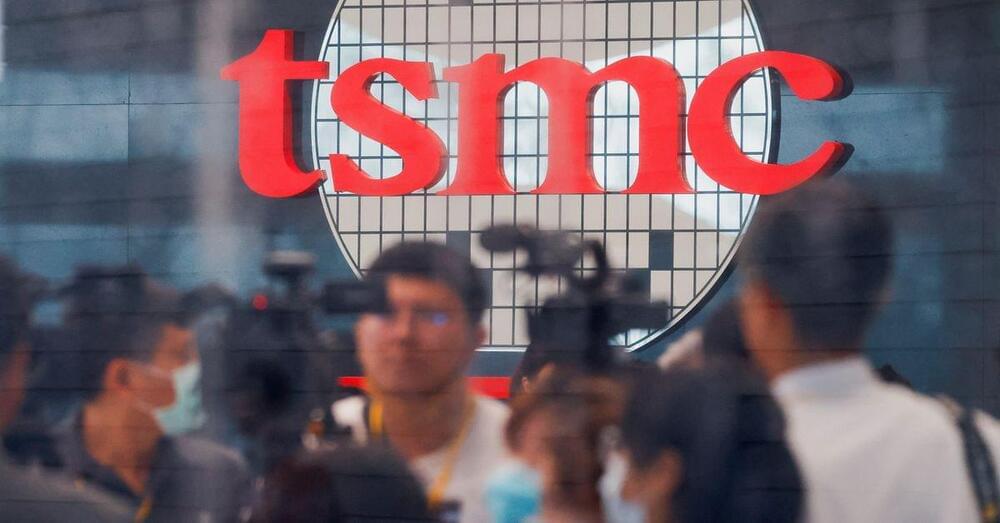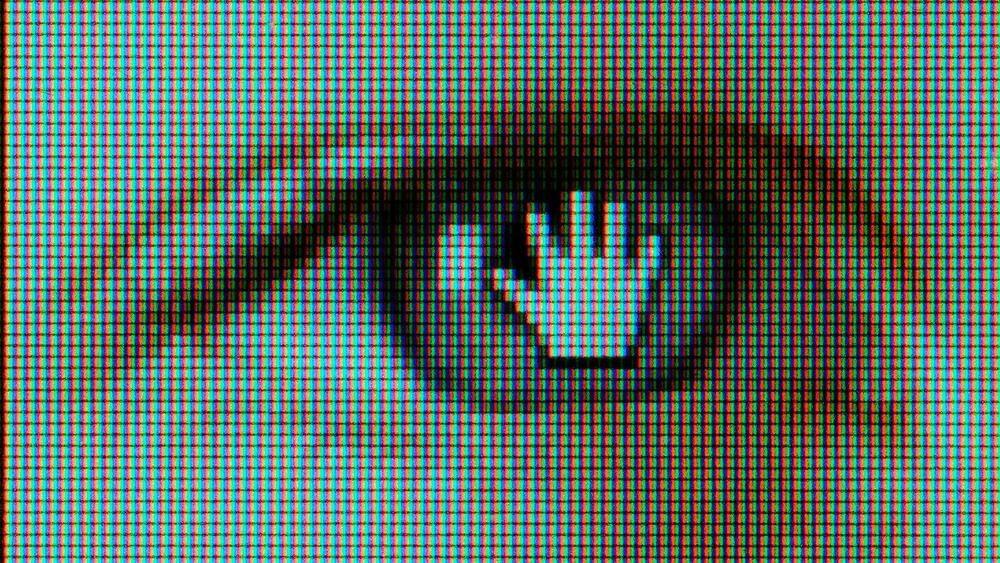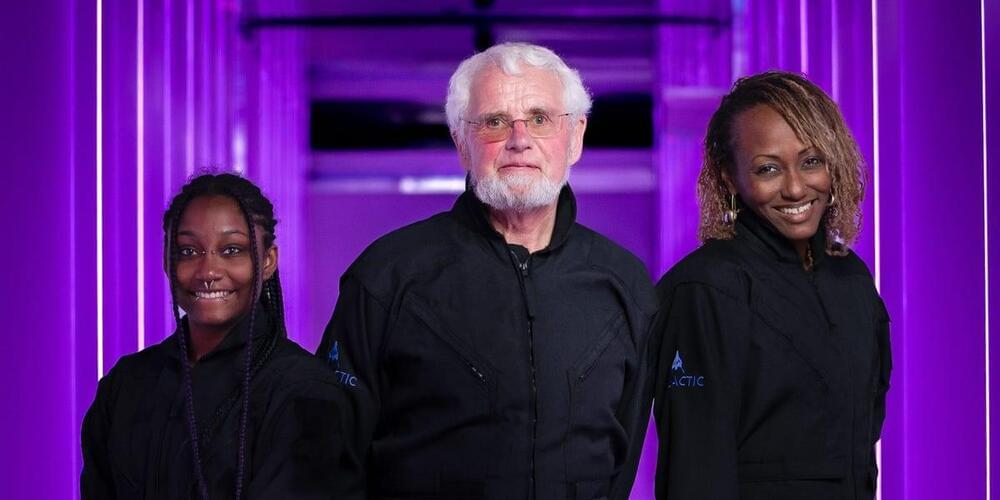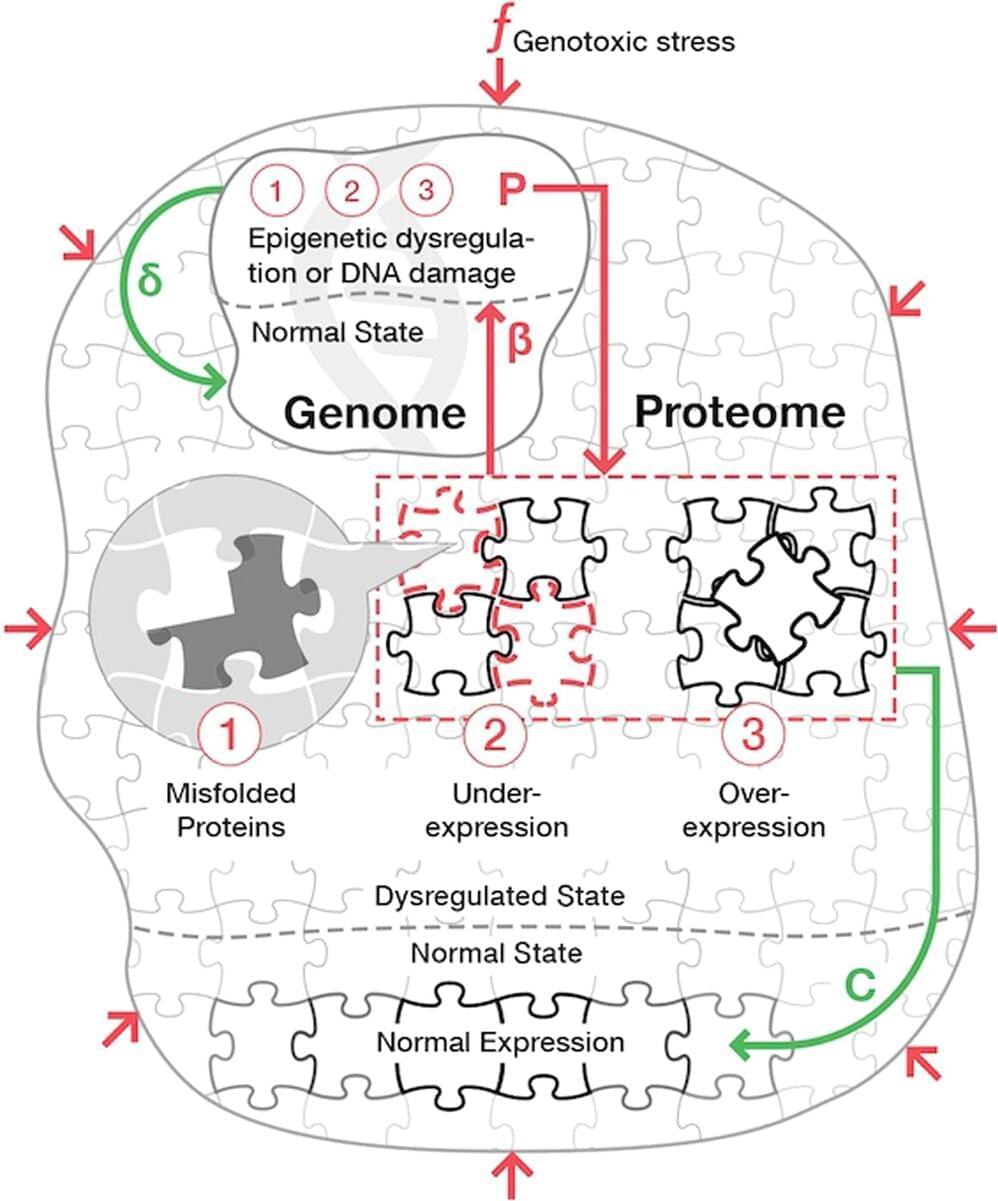Microsoft first launched Bing Chat six months ago, and the company says it has “seen nine consecutive quarters of growth on Edge,” most likely thanks to the fact Microsoft had locked Bing Chat to its own browser. There have also been over 1 billion chats on Bing Chat and over 750 million images generated using the service.
Windows Copilot, powered by Bing Chat, is also coming to Windows 11 soon. Microsoft is currently testing this sidebar in builds of Windows 11, and it’s looking like it will likely roll out to all Windows 11 users later this year.
